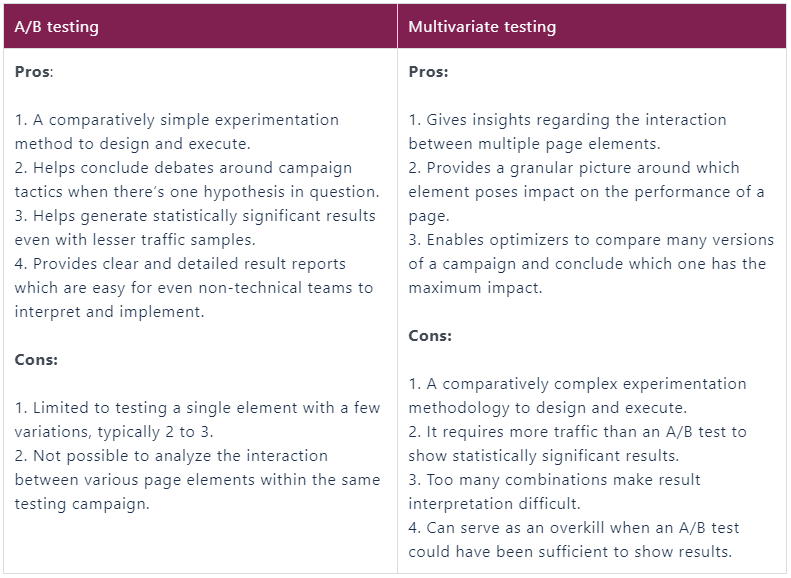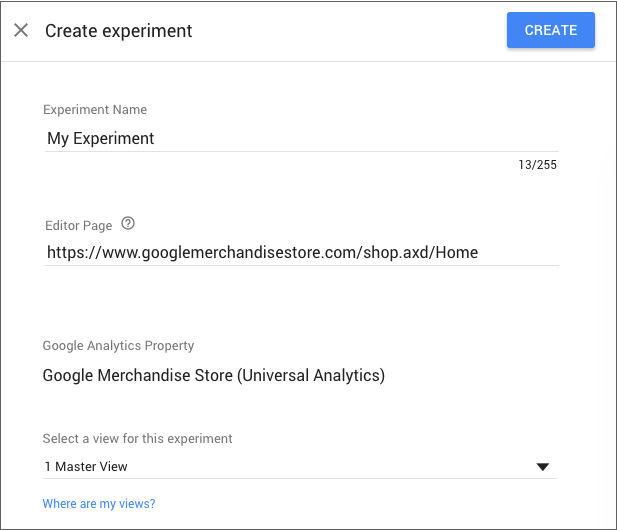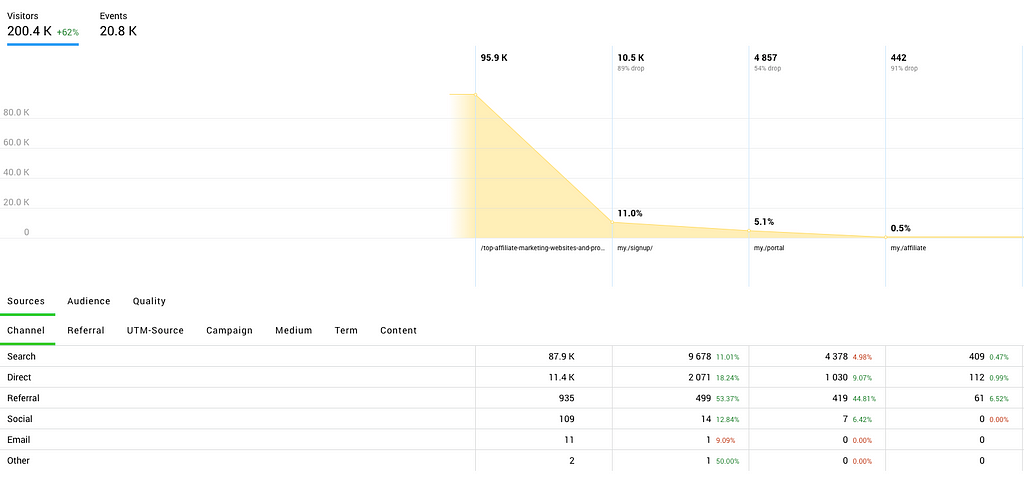This content originally appeared on Level Up Coding - Medium and was authored by Dmytro Spilka

One of the most common problems with building a website isn’t actually technical at all, but more based on discovering which of your ideas is most likely to resonate with your audience. While A/B testing has become a popular way of trialing different designs, web development is rarely binary, and it’s possible to lose sight of winning widgets and above-the-fold calls-to-action. This is where multivariate testing steps in.
Multivariate testing gives us the ability to showcase all of our ideas on our web pages in a way that gives us a more comprehensive understanding of what works and what doesn’t. It can pay dividends in helping web developers to optimize their pages and generate a more consistent flow of traffic. But what exactly is multivariate testing? How can it be implemented? And how does it differ from traditional A/B tests?
What is Multivariate Testing?
Multivariate testing is a technique for testing hypotheses where many different variables can be modified. Ultimately, multivariate testing aims to reveal which combinations of variables perform best — based on how visitors interact with the different pages.
Fundamentally, most websites and mobile apps are constructed upon many combinations of changeable elements. Multivariate testing will change these elements — which could involve changing a widget and a picture at the same time. Theoretically, three variations of the picture and two different headings can be combined to create six versions of the content — which can then be tested to find which variation provoked the longest amount of time on a page or the most call-to-action clickthroughs.

(Image: Spiralitics)
In the example above, we can see that a multivariate test has rendered four different variations of a webpage, and that option two has delivered 9.5% conversions — a significant number in comparison to the other renderings.
The formula for multivariate testing, in this regard, can be viewed as:
[# of Variations on Element A] X [# of Variations on Element B] … = [Total # of Variations]
Multivariate tests are similar in many ways to A/B tests, but are wholly more comprehensive in the level of insights they provide website owners. With this in mind, let’s explore these differences and look into how multivariate testing can be a far more effective way of gauging the appeal of your on-site elements.
Exploring the Differences Between A/B Testing and Multivariate Testing
While A/B testing has become a well-known method for finding great web pages by comparing two different designs and layouts, testing and optimization company, Widemile, believes that multivariate testing can be a far more effective approach depending on your website goals.
Widemile acknowledges that A/B testing can be perfect for “testing two or more radically different pages,” which the company considers more effective for finding what’s known as the “global maximum.” For multivariate testing, the optimization leaders believe, is more effective when it comes to refining your pages towards the “local maximum.”
With this in mind, A/B tests can be a great way of testing two completely different ideas. Because it’s a split test, you can gain a clear idea of what design more users engage with. Multivariate testing is different, because, as the name suggests, it adopts multiple variations of your design styles, images, headings, and widgets, and combines them to offer a more comprehensive insight into what specific features work best.
Of course, if you have two different designs in mind, multivariate testing may not be a strong solution because successful images could clash with the broader page design, generating a misleadingly weak score. With this in mind, it may even be worth web developers using A/B testing as a preliminary function before refining the winning layout with multivariate tests.

(Image: VWO)
As we can see from the image above, each approach offers different pros and cons, so it’s certainly worth seeking to incorporate both A/B testing and multivariate testing into your approaches moving forward, wherever applicable.
Creating a Multivariate Test
There are many multivariate testing platforms available to choose from to help optimize your websites, but for the benefit of this walkthrough, let’s take a look at the popular Google Optimize wizard for setting up a multivariate test:
- Firstly, go to your Optimize account (Main menu > Accounts)
- Click on a Container to forward yourself to the Experiments page
- Click the + button and pick Multivariate test from the list
- Set up an Experiment name
- Enter the Editor page — which is no-hand to help you to create your variants
- Pick a Google Analytics view to use with the experiment

(Image: Support.Google)
Once you’ve given your experiment a name and have picked your editor page, you’ll see the experiment details page in draft mode. This is where you can create new variants for your multivariate testing. This process is largely similar to that of creating A/B testing variants — however, here, you create new variants for each section.
Once you click ‘create’, Google Optimize will offer you a section and combination selector. The platform uses the Editor page that you entered as the ‘Original’ and creates two sections to start the process off — each featuring at least two variants in the original plus one new variant.
How Best to Utilize Multivariate Testing
Now that you know how to implement multivariate testing in Google Optimize, let’s take a look at how you can best utilize the approach. It’s important to conduct some analysis to determine what you’re actually testing for. Be sure to get your experiment done and dusted in good time in order for you to begin learning from it.
Learning From Analytics
Before you even think about running your tests, be sure to look to web analytics platforms to discover what you should be testing for. Platforms like Google Analytics and Finteza can help you to see how visitors interact with your site and the ways in which they flow through your pages.

By utilizing web analytics to better understand where clicks are coming from and where they’re going to, you can gain a better understanding of what areas of your pages require work and what elements are outperforming others. Fundamentally, you can’t get to work on optimizing your website without data.
Establish Clear Goals
Take a moment for introspection. What are you looking to achieve? And what problems are you trying to address? Setting yourself clear goals is a key starting point for future success.
Are you looking to increase the number of visitors who sign up to your newsletter? Or are you trying to minimize your volume of bouncebacks? Although both goals generally refer to website optimization, they can be achieved in significantly different ways.
Although it seems pretty self-explanatory, it’s vital that you dedicate some time towards thinking of exactly what you’re looking to achieve by considering what you want to achieve and looking into what you can improve to get there.
Ask Yourself Why Your Underperforming Pages are Underperforming
Let’s say that you’ve analyzed your website and have realized that your problem area is a newsletter signup call-to-action. Your goal is to get more people to sign up, but one important question to ask is why the button’s not working well enough in the first place?
Can everybody see your sign-up link? Have they been given enough motivation to sign up? Did they fail to supply you with an email address after engaging? If you believe you know the reasons why the CTA is underperforming without checking first, you’re building your page on guesswork. Be sure to use your analytical insights to better understand what’s going on and, if possible, observe how real visitors interact with your page.
Build Your Variations
Now we’ve reached the business end of your utilizing of multivariate testing. Based on what parts of your website you believe are letting you down, it’s time to decide how you’re going to change your page for the better.
Try to avoid the temptation of ripping the structure out of your page and testing everything all in one go. Remember that the more variations you use, the more visitors you’ll need to visit your site in order to attain meaningful results. With this in mind, let’s just look at what you believe could really have an impact.
Think of multivariate testing as a fine-tuning process in order to get the very best out of your website. You can use data to observe how visitors interact with your pages and develop prospective solutions to convert passive browsing into affirmative actions.
By adopting multivariate testing, it’s possible to go beyond the limitations of A/B tests and to explore the many ways that you can engage with your audience. This, in turn, makes for one of the most effective ways in which you can truly optimize your pages.
Incorporating Multivariate Testing Into Your Web Development was originally published in Level Up Coding on Medium, where people are continuing the conversation by highlighting and responding to this story.
This content originally appeared on Level Up Coding - Medium and was authored by Dmytro Spilka
Dmytro Spilka | Sciencx (2021-09-12T13:16:02+00:00) Incorporating Multivariate Testing Into Your Web Development. Retrieved from https://www.scien.cx/2021/09/12/incorporating-multivariate-testing-into-your-web-development/
Please log in to upload a file.
There are no updates yet.
Click the Upload button above to add an update.
